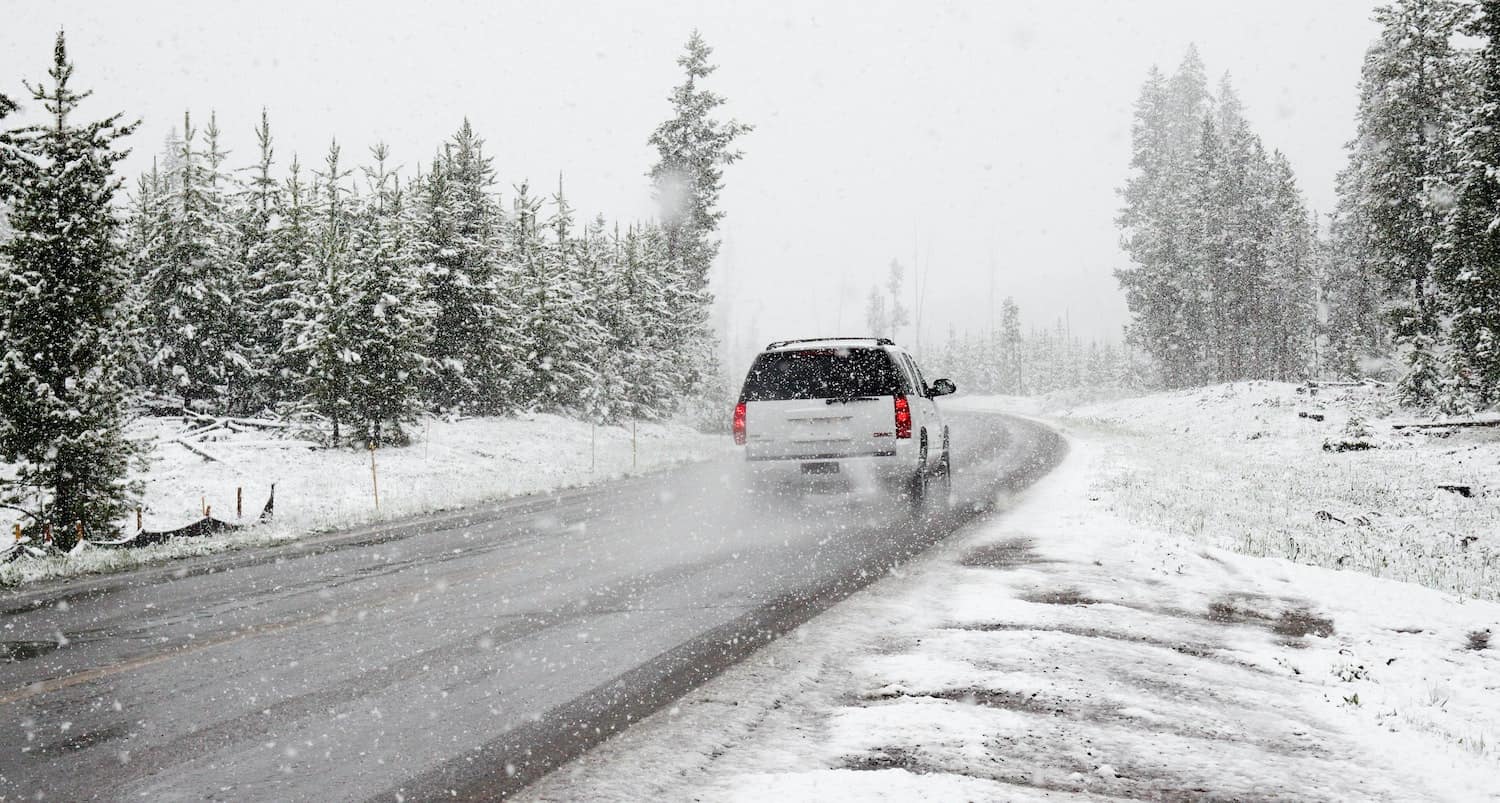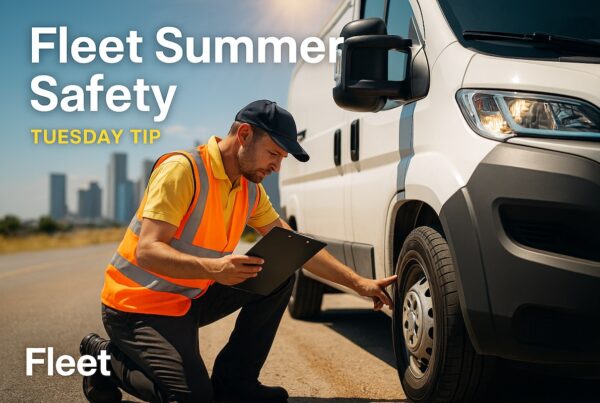Driving in winter can be a tricky and dangerous task. With slick roads, icy patches, and treacherous bridges and hills, winter driving is often daunting, even to the experienced driver. Here are ten tips for driving safely in inclement weather.
1. Slow down
When driving in snow and ice, give yourself more time to respond to other drivers and unpredictable road conditions. We recommend driving well below the speed limit when roads are slick.
2. Increase the distance between you and other vehicles
With slippery roads, it’s harder for your vehicle to stop without skidding. Give more space between you and other vehicles so you have more time to stop if necessary.
3. Use your momentum and shift into a lower gear when driving up a hill
Hills are tough obstacles to climb when the road is snowy or icy. Don’t accelerate on the hill; instead, build up inertia before the hill and let that pull you up the slope. To increase your traction, shift into a lower gear so your wheels can grip the surface of the road.
4. Coast down the hill instead of braking
When you’re traveling down the hill, avoid hitting your brakes. Instead, shift into a lower gear so you can control your speed and coast down slowly.
5. Avoid cruise control
Cruise control can have trouble maintaining a consistent speed on slippery roads. Stay safer on winter roads and turn off your cruise control.
6. Watch out for black ice
Even if part of the road seems fine, be alert for any patches of black ice. Black ice is nearly invisible on roads, and it can easily cause your vehicle to spin out of control. Be especially alert for black ice on bridges, overpasses, and curves of the road.
7. Stay calm if your vehicle skids
If you do hit a patch of ice or snow and your vehicle skids, don’t panic! Take your foot off the gas pedal and keep your steering wheel straight.
8. Brake gently and gradually
Don’t hit your brakes suddenly, or your vehicle could slip out of control. Instead, slowly press on the brake pedal if you need to stop.
9. Keep an emergency kit in your vehicle
If you get stranded somewhere, a winter emergency kit will make all the difference. Pack necessities like a blanket, warm clothes, a shovel, a flashlight, imperishable food, and other helpful items.
10. Stay home if necessary
Sometimes the weather is too dangerous and venturing out is not worth the risk. Be aware of swiftly changing road conditions and know your winter driving abilities.
Are you ready to take on whatever Mother Nature throws at you? Discover how our Fleet programs can help equip and prepare you and your employees for safe driving in even the toughest of conditions.





